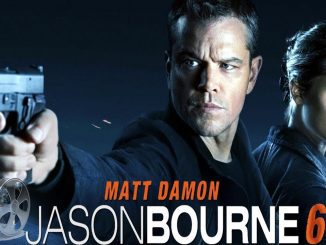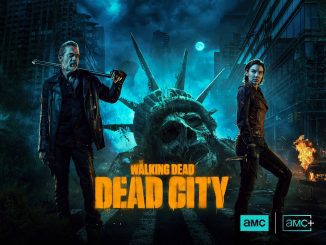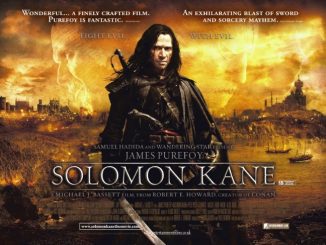Braveheart (1995), directed by and starring Mel Gibson, is an epic historical drama that chronicles the life and struggles of the Scottish warrior William Wallace. Set in the 13th century, the film portrays Wallace’s relentless fight for Scottish independence against the English monarchy.
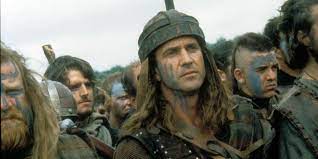
The story begins with William Wallace as a young boy, witnessing the death of his father and brother at the hands of English soldiers. Raised by his uncle, Wallace returns to Scotland as an adult, hoping to live in peace. However, the brutal oppression by English King Edward I, known as “Longshanks,” forces Wallace to take up arms in defense of his homeland. The conflict between Scotland and England intensifies when Longshanks enforces harsh laws and taxes on the Scots, as well as the infamous “prima nocta” law, which allowed English lords to take Scottish brides on their wedding nights. Wallace’s initial act of defiance, after the murder of his wife Murron (Catherine McCormack), becomes the spark that ignites a wider rebellion.
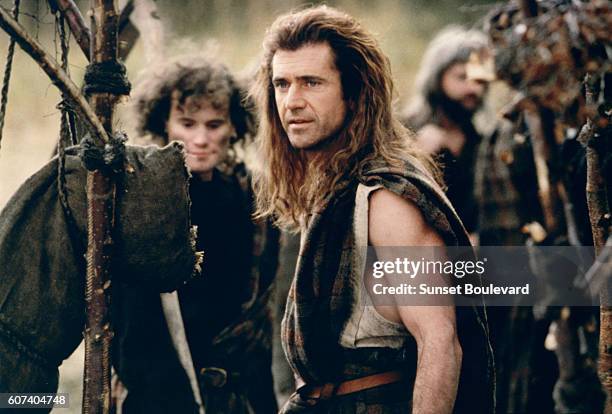
Throughout the film, Wallace’s character is portrayed as a symbol of resistance and freedom. He leads a series of successful battles against the English, rallying the Scottish people to his cause with his powerful speeches and unwavering resolve. His passion for independence and his commitment to justice make him a legendary figure in Scottish history. However, Wallace’s journey is not without personal sacrifices. His love for Murron, the betrayal of his closest allies, and his eventual capture and execution underscore the personal toll of his fight.
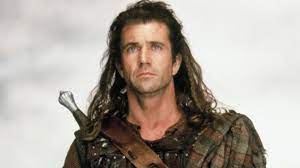
One of the most memorable moments in Braveheart is the iconic battle of Stirling Bridge, where Wallace and his ragtag army defeat the much larger and better-equipped English forces through sheer strategy and determination. The film’s portrayal of this battle, with its sweeping shots and intense combat, became a hallmark of epic filmmaking.
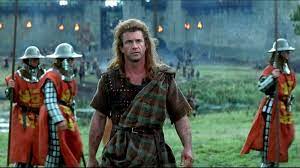
The movie also explores themes of loyalty, honor, and the complexities of leadership. Wallace’s relationship with Robert the Bruce (Angus Macfadyen), a Scottish nobleman torn between supporting Wallace and his allegiance to the English crown, highlights the internal conflicts faced by those living in a nation under occupation.
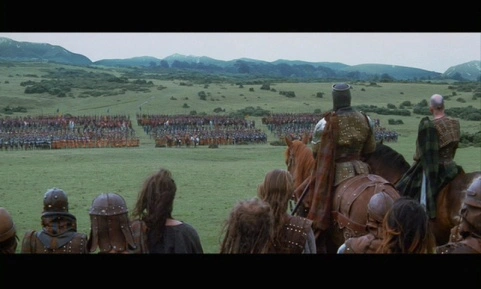
The emotional core of Braveheart lies in its portrayal of Wallace’s final moments. After being betrayed by Robert the Bruce, Wallace is captured by the English, tortured, and ultimately executed. In his last words, he cries out for freedom, cementing his status as a martyr for the cause of Scottish independence.
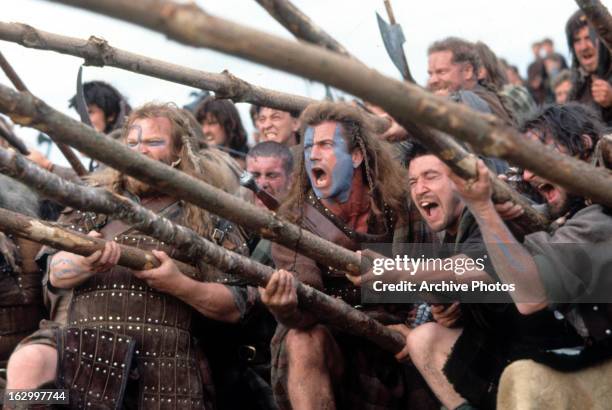
The film was widely acclaimed, receiving numerous accolades, including five Academy Awards, such as Best Picture and Best Director. Its lasting cultural impact is seen in its stirring speeches, particularly the rallying cry, “They may take our lives, but they can never take our freedom!” Braveheart continues to inspire audiences with its powerful message about the cost of freedom and the bravery required to stand up against oppression.
